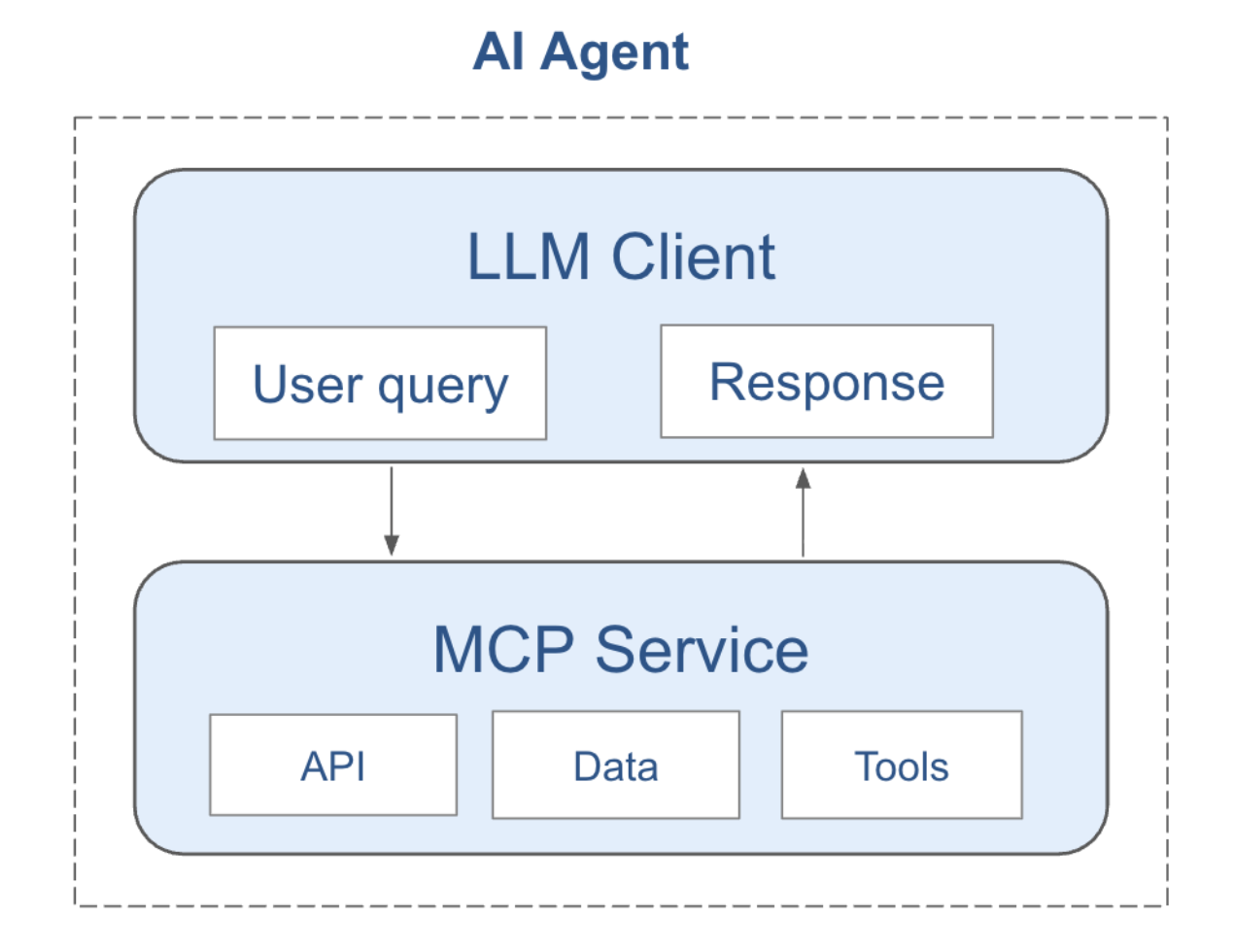
October 15, 2023
October 15, 2023
How Did Salient Do In Predicting The Recent Michigan Floods?
.jpg)
As I laid out in my previous post, we are anticipating a wet spring and summer for the US Midwest this year, largely due to high salinity and sea surface temperatures in the Gulf of Mexico and western North Atlantic.
The most notable rainfall event in the US during the month of May was a period of heavy storms in the upper Midwest, with some areas receiving over 7 inches of rain between May 18th and 19th alone. This storm led to the breach of the Edenville Dam near Midland, Michigan, causing widespread flooding and damage to the region.
Let’s look at a series of our precipitation forecasts for CONUS (continental US) to see how Salient’s models did in anticipating this event. Going all the way back to September of 2019, Salient’s long-range outlook for the early spring and summer began to indicate a likelihood of above-average rainfall for the upper Midwest (Fig. 1 below).

In the forecasts we produced in January 2020 (Fig. 2 below), our models built confidence in a wet May for Michigan, especially as new data emerged, such as the western Atlantic becoming even warmer and saltier. At this point, the ECMWF SEAS5 model also began to indicate above-average rainfall for Michigan, although in conjunction with a much stronger positive precipitation anomaly predicted for the Southwest (which didn’t occur).

Jumping ahead to our weekly sub-seasonal forecast from late April (Fig. 3 below), we continued to see indications for heavy rainfall over Michigan, with up to 150% of normal values forecast for the week of May 18th. The persistence of the forecasted pattern over time lends greater confidence.

It's also worth noting that the region received above-average rainfall for March and April. Because a lot of rain is locally recycled from soil moisture and well-filled reservoirs, this represents a preconditioning for the rainfall observed in May.
It’s a safe bet that the Upper Midwest will continue to see wetter summers in the future. The world is warming, warm air carries more moisture, and an expansion of the subtropical high-pressure systems that pump moisture to mid-latitudes is expected. We also expect that rainfall will become more concentrated in intense events.
This poses some real challenges for our older dams and levees, and for those communities not used to flooding, where very few people carry flood insurance. In fact, the rainfall on Midland, Michigan was not that exceptional, but the high water levels maintained on the dams (in part for the convenience of lake-shore residents) overwhelmed the spillways and caused the dams to fail and flood many acres downstream. With better rainfall forecasts and a dam management plan to lower levels when heavy rain is expected, this disaster might have been prevented.
Michigan could certainly use some dry weather now. So, what is the outlook for the upcoming summer months? Unfortunately, our models continue to show a likelihood of above-average precipitation persisting through June (Fig. 4 below). Significant rainfall is expected for the Midwest this week as the remnants of tropical storm Cristobal travel northward.

Some much-needed relief for the region may arrive in July, however, as rainfall amounts are forecasted to return toward normal for late summer in the Midwest, as the West remains dry (Fig. 5 below).

October 15, 2023
October 15, 2023
How Did Salient Do In Predicting The Recent Michigan Floods?
.jpg)
As I laid out in my previous post, we are anticipating a wet spring and summer for the US Midwest this year, largely due to high salinity and sea surface temperatures in the Gulf of Mexico and western North Atlantic.
The most notable rainfall event in the US during the month of May was a period of heavy storms in the upper Midwest, with some areas receiving over 7 inches of rain between May 18th and 19th alone. This storm led to the breach of the Edenville Dam near Midland, Michigan, causing widespread flooding and damage to the region.
Let’s look at a series of our precipitation forecasts for CONUS (continental US) to see how Salient’s models did in anticipating this event. Going all the way back to September of 2019, Salient’s long-range outlook for the early spring and summer began to indicate a likelihood of above-average rainfall for the upper Midwest (Fig. 1 below).

In the forecasts we produced in January 2020 (Fig. 2 below), our models built confidence in a wet May for Michigan, especially as new data emerged, such as the western Atlantic becoming even warmer and saltier. At this point, the ECMWF SEAS5 model also began to indicate above-average rainfall for Michigan, although in conjunction with a much stronger positive precipitation anomaly predicted for the Southwest (which didn’t occur).

Jumping ahead to our weekly sub-seasonal forecast from late April (Fig. 3 below), we continued to see indications for heavy rainfall over Michigan, with up to 150% of normal values forecast for the week of May 18th. The persistence of the forecasted pattern over time lends greater confidence.

It's also worth noting that the region received above-average rainfall for March and April. Because a lot of rain is locally recycled from soil moisture and well-filled reservoirs, this represents a preconditioning for the rainfall observed in May.
It’s a safe bet that the Upper Midwest will continue to see wetter summers in the future. The world is warming, warm air carries more moisture, and an expansion of the subtropical high-pressure systems that pump moisture to mid-latitudes is expected. We also expect that rainfall will become more concentrated in intense events.
This poses some real challenges for our older dams and levees, and for those communities not used to flooding, where very few people carry flood insurance. In fact, the rainfall on Midland, Michigan was not that exceptional, but the high water levels maintained on the dams (in part for the convenience of lake-shore residents) overwhelmed the spillways and caused the dams to fail and flood many acres downstream. With better rainfall forecasts and a dam management plan to lower levels when heavy rain is expected, this disaster might have been prevented.
Michigan could certainly use some dry weather now. So, what is the outlook for the upcoming summer months? Unfortunately, our models continue to show a likelihood of above-average precipitation persisting through June (Fig. 4 below). Significant rainfall is expected for the Midwest this week as the remnants of tropical storm Cristobal travel northward.

Some much-needed relief for the region may arrive in July, however, as rainfall amounts are forecasted to return toward normal for late summer in the Midwest, as the West remains dry (Fig. 5 below).

About Salient
Salient combines ocean and land-surface data with machine learning and climate expertise to deliver accurate and reliable subseasonal-to-seasonal weather forecasts and industry insights—two to 52 weeks in advance. Bringing together leading experts in physical oceanography, climatology and the global water cycle, machine learning, and AI, Salient helps enterprise clients improve resiliency, increase preparedness, and make better decisions in the face of a rapidly changing climate. Learn more at www.salientpredictions.com and follow on LinkedIn and X.



